Our April newsletter offered a look at the work of CPC Participating Institutions beyond flowering plants. This month, we continue this exploration, focusing on the smaller, non-vascular plants, and even non-plants. Many gardens have recognized the importance of researching, collecting, and documenting fungi and lichens, due to their close relationships with plants. Sometimes these groups are collectively referred to as cryptogams. Though not evolutionary related (or even in the same kingdom), cryptogams are similar in that they reproduce “cryptically” – via spores rather than through showy flowers and seeds. The organisms themselves are often small, cryptic, and often overlooked .
Non-vascular plants lack the xylem and phloem that transport water and nutrients and provide structure in vascular plants. They include the bryophytes (mosses, hornworts, and liverworts) and green algae. Besides the lack of vascular tissue, bryophytes differ in other ways from the plants we tend to know. Their main structures are actually haploid gametophytes, like pollen in higher plants, having half the chromosomes of ‘adult’ plants.
Fungi are their own kingdom, but they often have very specialized relationships with plants. Famously, mycorrhizal fungi are associated with plant roots, helping the plant obtain water and nutrients and receiving carbon sugars in return. Even the more independent fungi play important roles in the ecosystem as decomposers, turning woody and fibrous materials into simpler forms that are available to plants. And, like plants, many fungi produce impressive fruiting bodies that catch our eyes.
Lichens are partnerships between algae or cyanobacteria living among filaments of various fungi species in a mutualistic relationship. Lichens grow on and in a wide range of substrates and habitats, including some of the most extreme conditions on earth. Yet they are sensitive to physical conditions, especially air pollution, as they are unable to avoid the accumulation of pollutants. In fact, lichens may provide a useful service as biomonitors for human impact on the air.
CPC partners are working to increase our knowledge of these species – plants and non-plants – for their importance to all plants and the natural world. A shortage of expertise and opportunity makes this work difficult, but the relative few who study the diversity of mosses, lichens, and fungi, are passionate in what they do. CPC welcomes and supports their valuable contributions.
Disappearing Lichens and a Southern Appalachian Stronghold
Imagine if most native plants had vanished or become rare a century ago. As an Easterner, I try to envision the explosion of spring wildflowers in Appalachia reduced to only the few and hardiest. You might think of the impact in Southern California deserts, high country of the Rockies, Midwest prairies, or swamps along the Southeast coast. It is not an easy task. Native plants are central to how humans perceive the natural world and appreciate its value and beauty. Because native plants are so important to us, such losses are difficult to conceptualize.
Thankfully, although many native plants are imperiled, their absence is still a thought experiment. This is not the case for lichens.
Lichens are fungi that form beautiful, complex symbioses with algae and bacteria. They hold together soils, regulate the climate, allow seeds to germinate, and provide both food and shelter for all kinds of animals. These hubs of activity that bind nature together are incredibly important to nearly everything that lives on land. And many have vanished.
Understanding why they have vanished is simple: lichens are sensitive to change. Attached to the substrates they grow on, lichens cannot rapidly move to avoid fires, floods, or changing climates. They passively soak up moisture from the environment and can’t keep pollutants from entering their bodies. They are made up of specialized, highly adapted partners and can’t live without the right conditions for all the partners. Finally, they do not disperse very far, with each generation only a short distance away from its parents. Ironically, these very factors that allowed lichens to diversify and thrive – as long as they had a bit of fog and a substrate to grow on – now leave them poorly adapted to the challenges of the modern world.
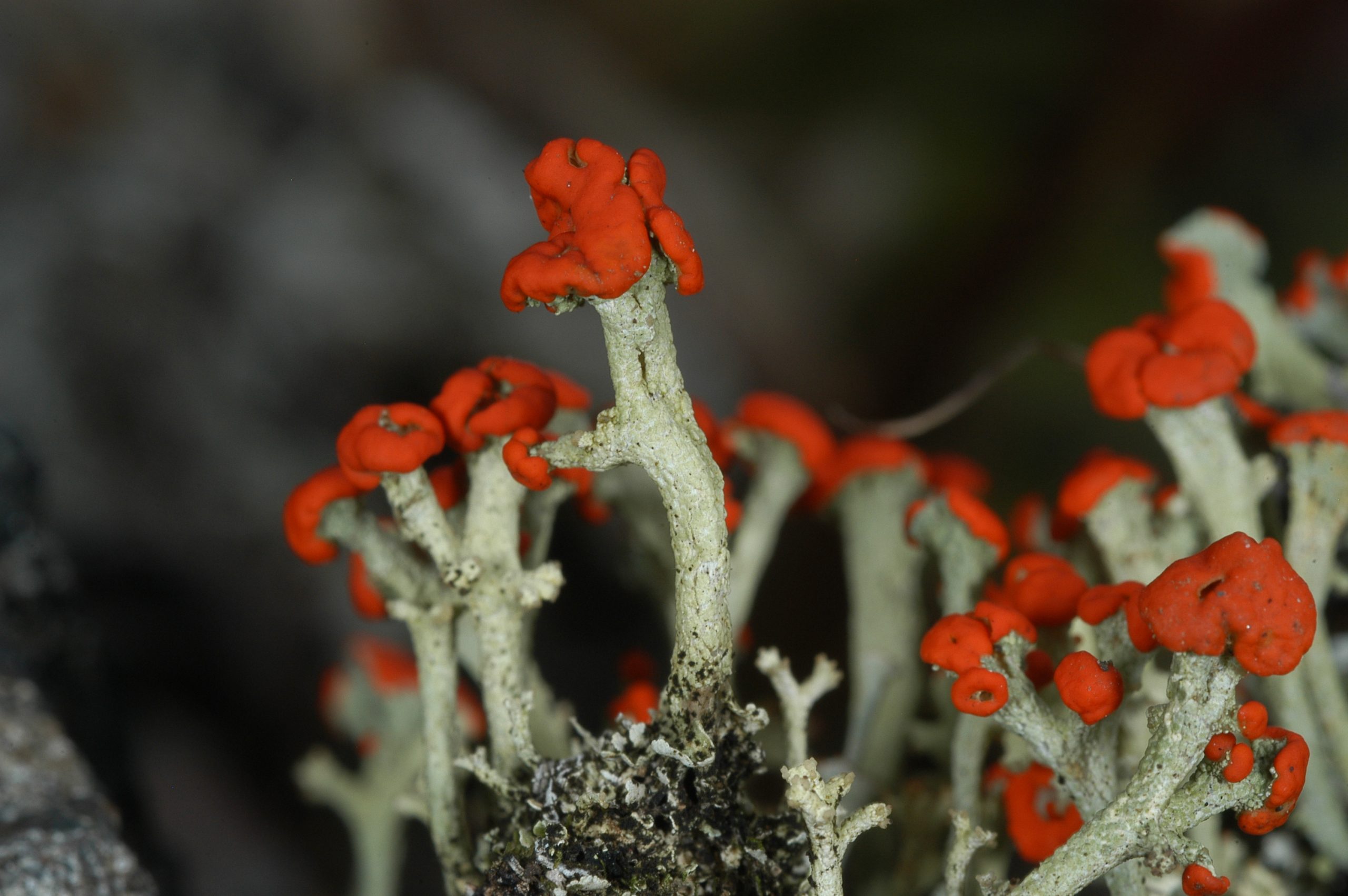
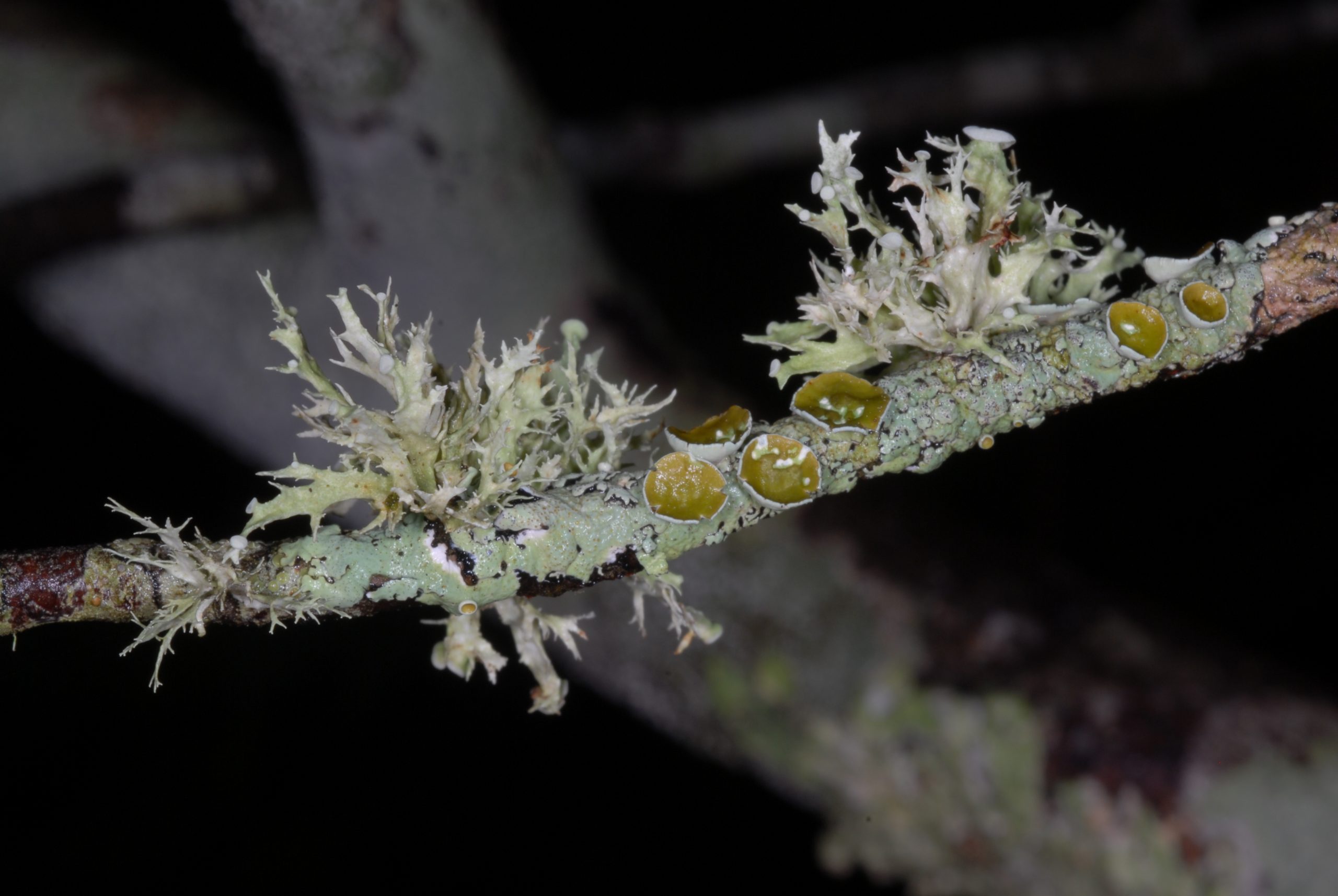
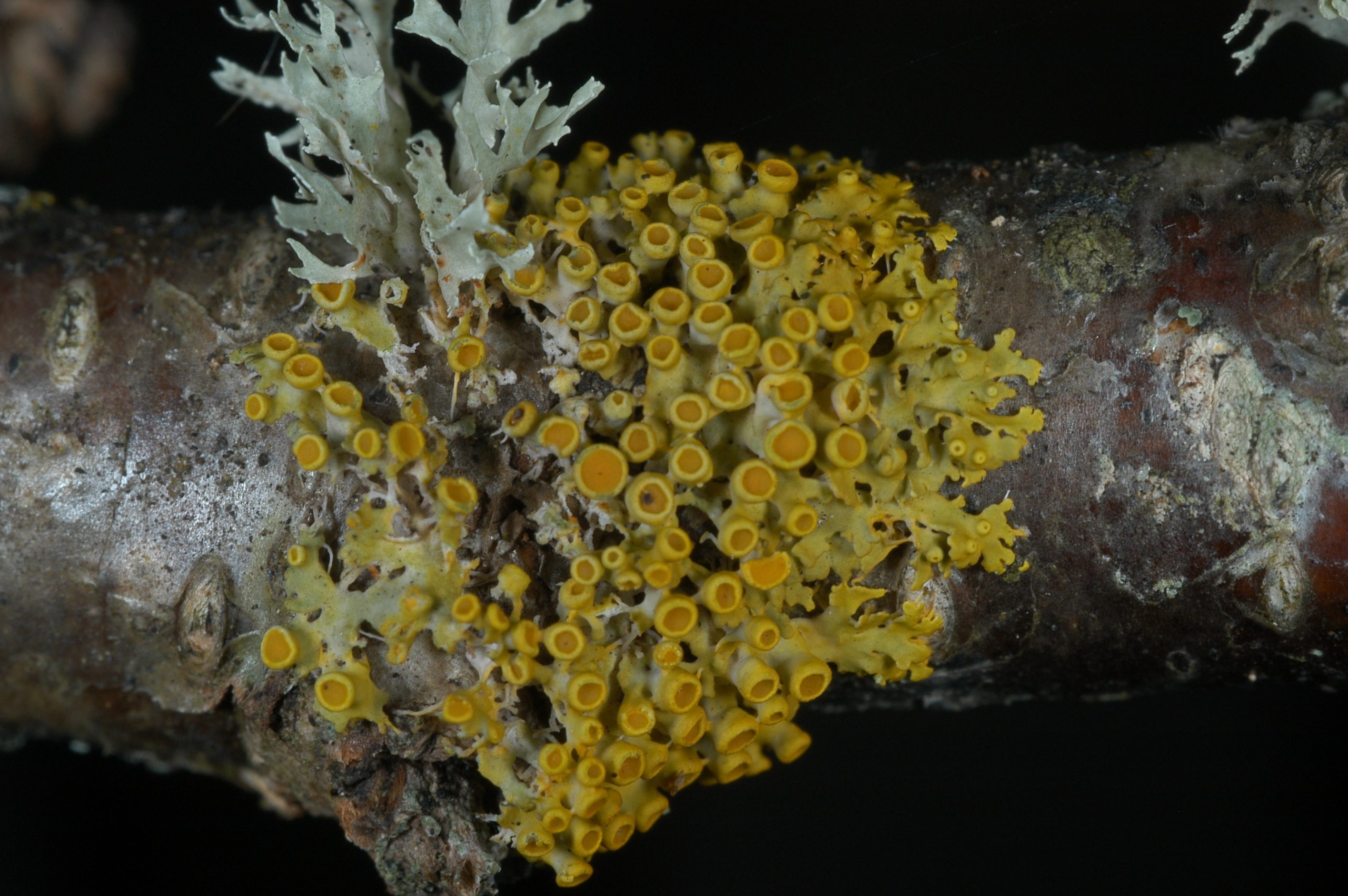
The disappearance of the lichens has been chronicled by naturalists for nearly two centuries. An early naturalist noted their loss from Dickensian England as cities grew and air quality decreased. A lichenologist documented their loss in Paris during the Industrial Revolution. In the United States, urbanization, deforestation, and the Industrial Revolution have spurred the loss of Southern California lichens. There was once a lichen desert covering tens of thousands of square miles in Pennsylvania and the Ohio Valley. Nearly all of New York City’s hundreds of species were pushed out of the boroughs.
Happily, air quality across the U.S. has improved since the Clean Air Act was passed in 1972. Lichens have begun to return to areas where they once were numerous. But most have yet to recover.
Many species are rare and are commonly found only in unique areas that have been protected and remain relatively undisturbed. Although areas of conservation concern have been established for native plants, lichens do not follow the same patterns. Finding these areas for lichens and recognizing their value for conservation are now critical. I have the privilege of working toward this goal as a member of a small but dedicated group of lichenologists from across the United States and Canada.
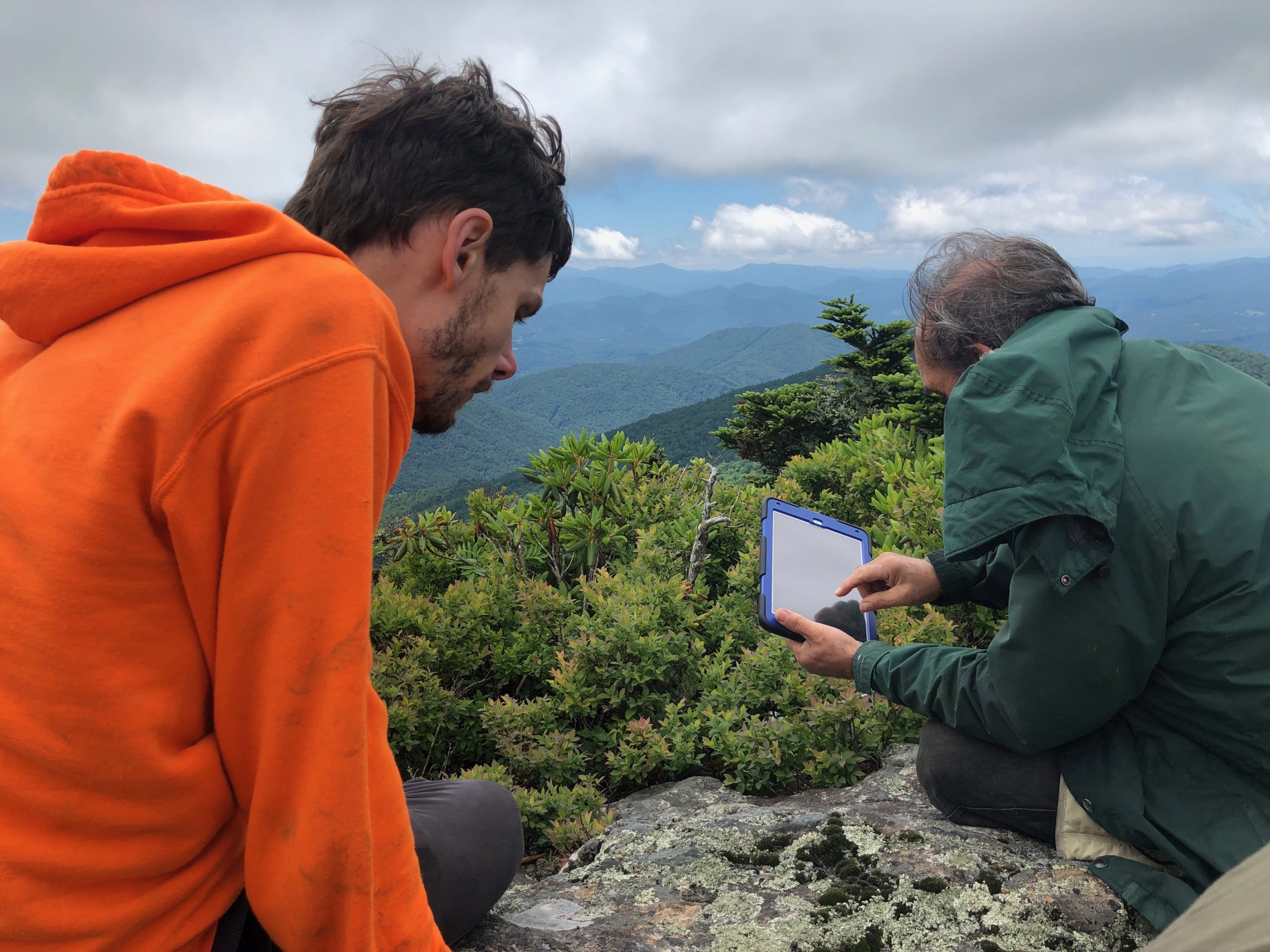
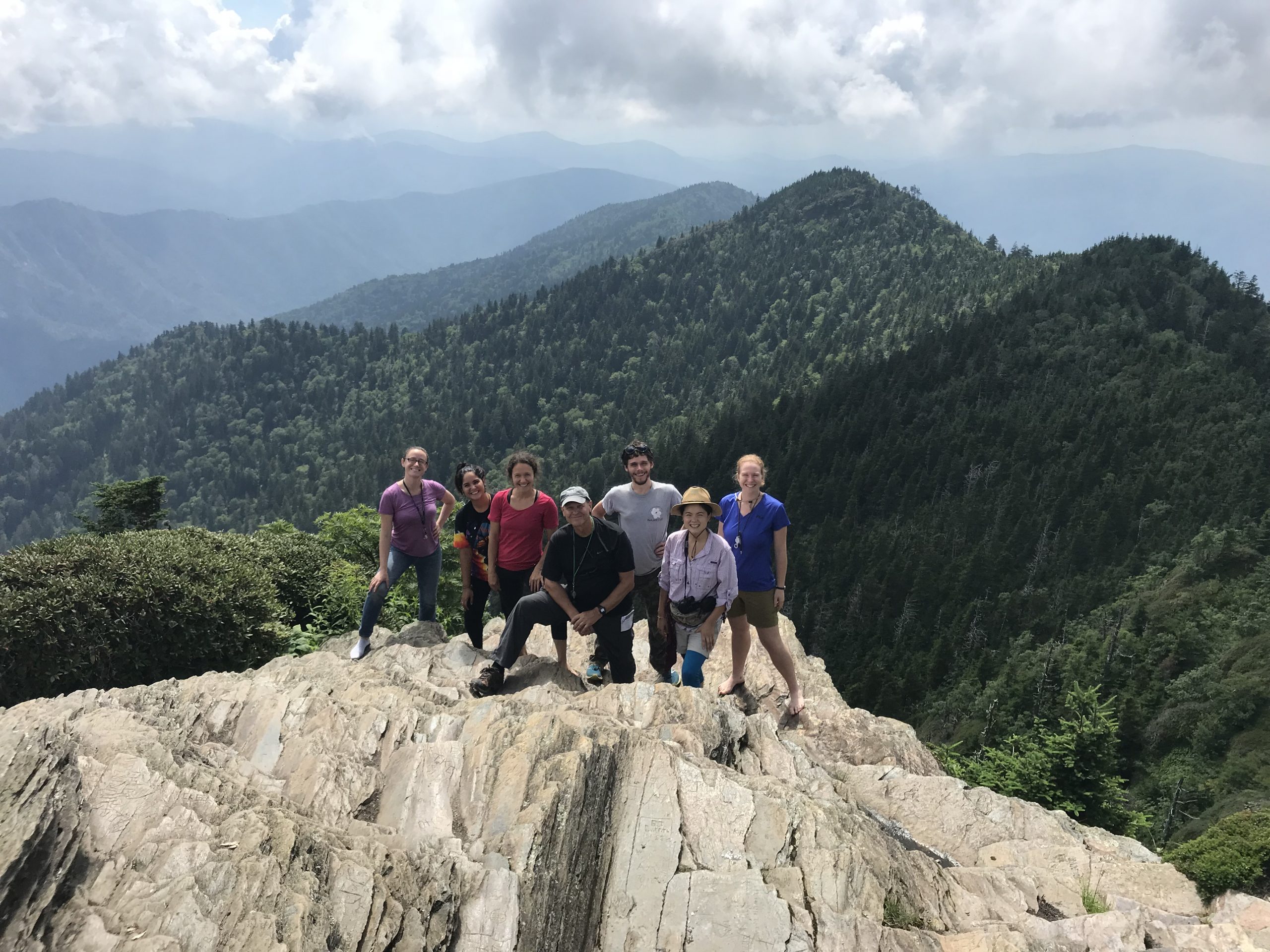
One of the priority areas for lichen conservation is Appalachia, especially the southern mountains in Alabama, Georgia, North Carolina, South Carolina, Tennessee, and Virginia. For more than a decade, I have worked as a lichenologist for the New York Botanical Garden, together with colleagues and students, to build the case that this area is a global hotspot for lichen diversity and one that is critically imperiled.
The region is truly special. We have found dozens of species new to science. Some of these are restricted to mature individuals of specific tree species that grow in the largest remaining tracts of old-growth forest east of the Mississippi River. Studies with Dr. Erin Tripp and Dr. Christy McCain at University of Colorado, Boulder, have confirmed that patterns of lichen diversity in the region are driven by habitat quality and disturbance. My colleagues and I have found species still relatively common in the southern Appalachians that have declined greatly in other parts of North America. A team of lichen specialists, led by Dr. Jessica Allen at Atlanta Botanical Garden, have begun to rank and assess these species as part of a broader effort to increase representation of lichens among biodiversity recognized to be in need of conservation and protection. Appalachian Matchsticks (Pilophorus fibula), Hot Dots (Arthonia kermesina), Virginia Square Britches (Hypotrachyna virginica), and the Rock Gnome (Cetradonia linearis), are just a few of the lichens that have been assessed as endangered and added to the IUCN Red List as a result of these efforts.
Great Smoky Mountains National Park has long been recognized as central to protecting the vast diversity of life in the southern Appalachians. My colleagues and I have documented nearly a thousand species from the park – more than from any other national park in the United States. But it is difficult for the average person to access the hidden world of diversity where these lichens still abound and thrive. That is why, in addition to all of the efforts to document and conserve lichens that make the southern Appalachians so special, we have published a Field Guide to the Lichens of Great Smoky Mountains National Park – the only modern field guide for a North American region that covers more than just the most common and conspicuous species.
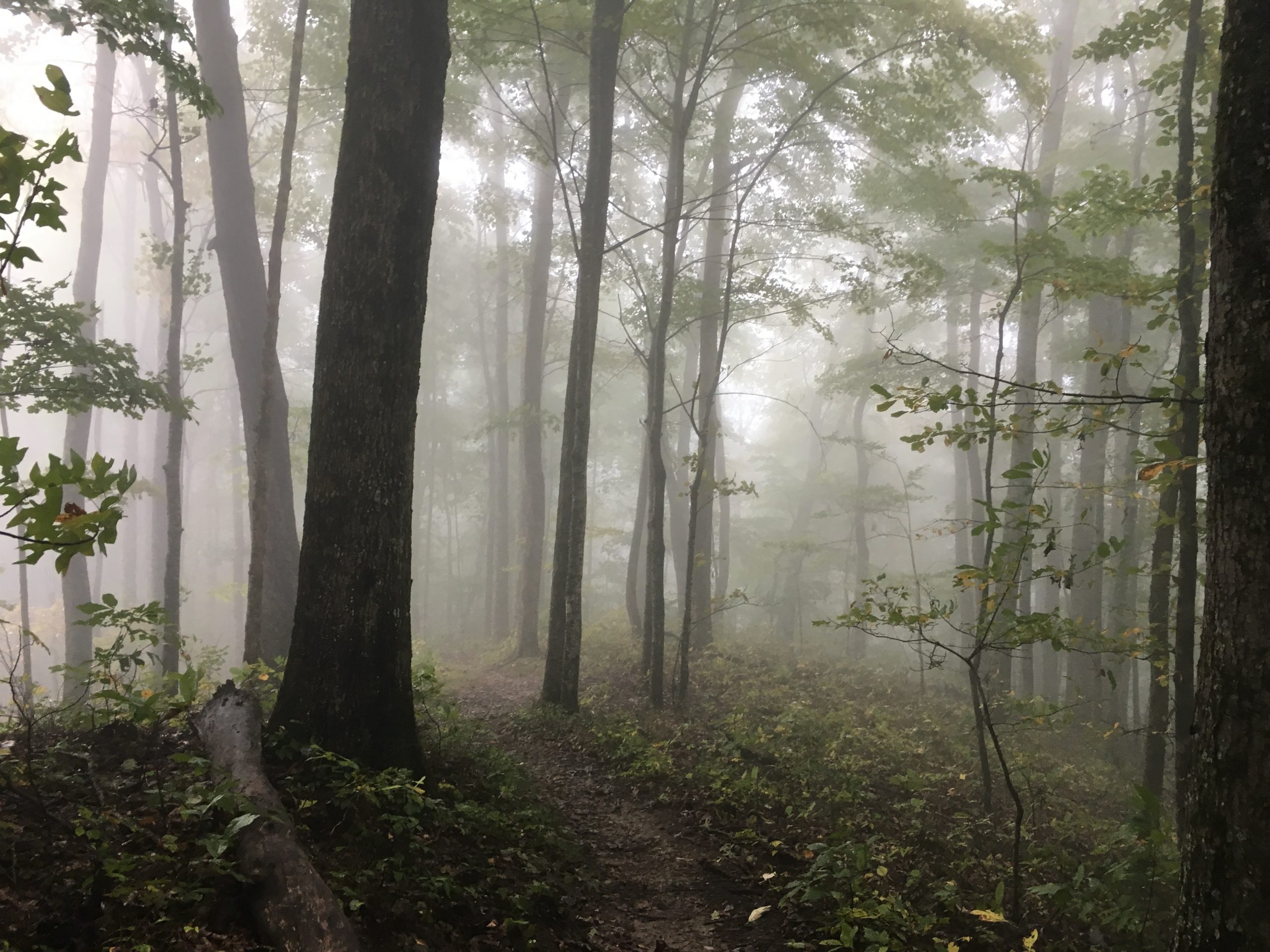
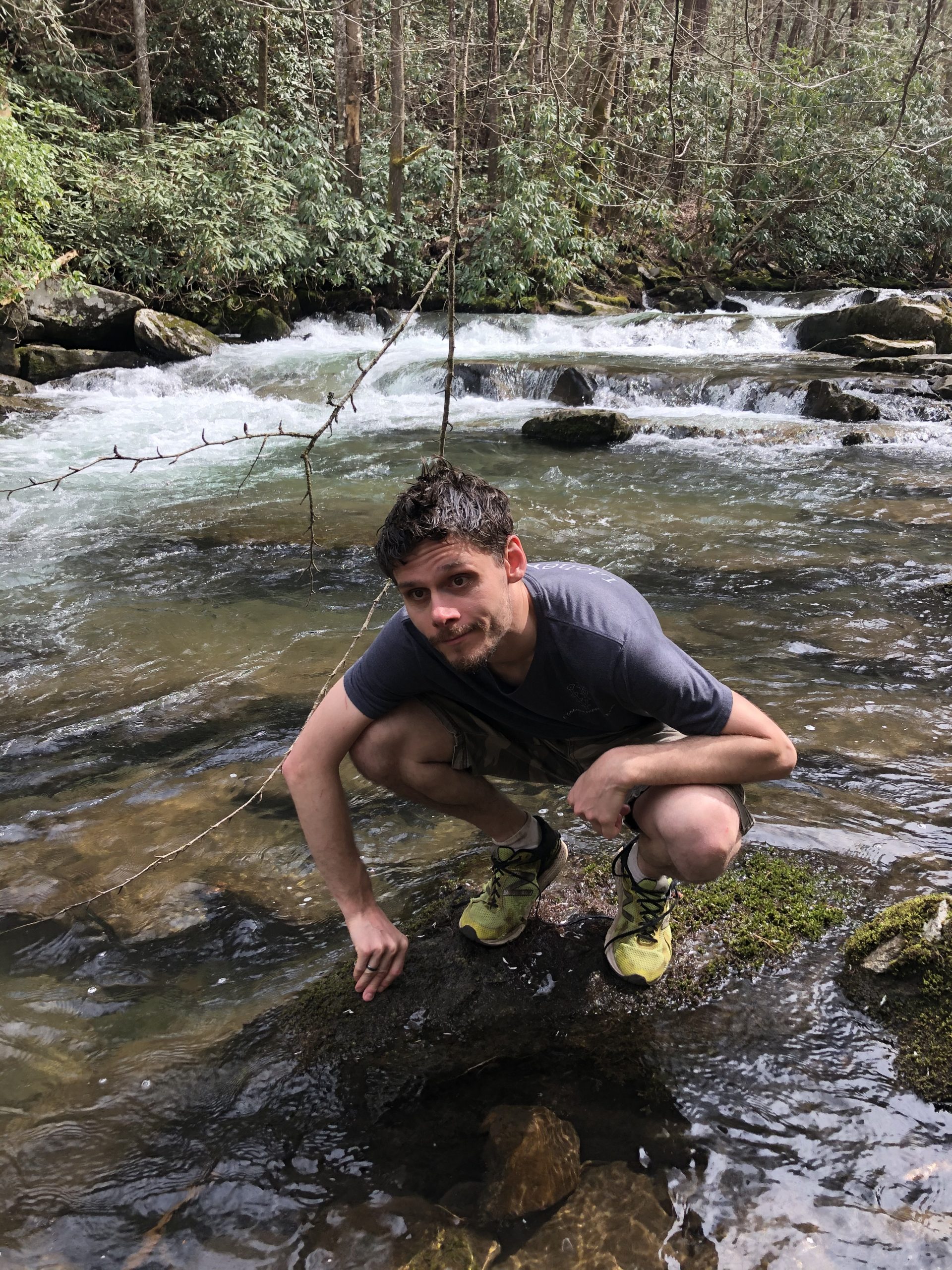
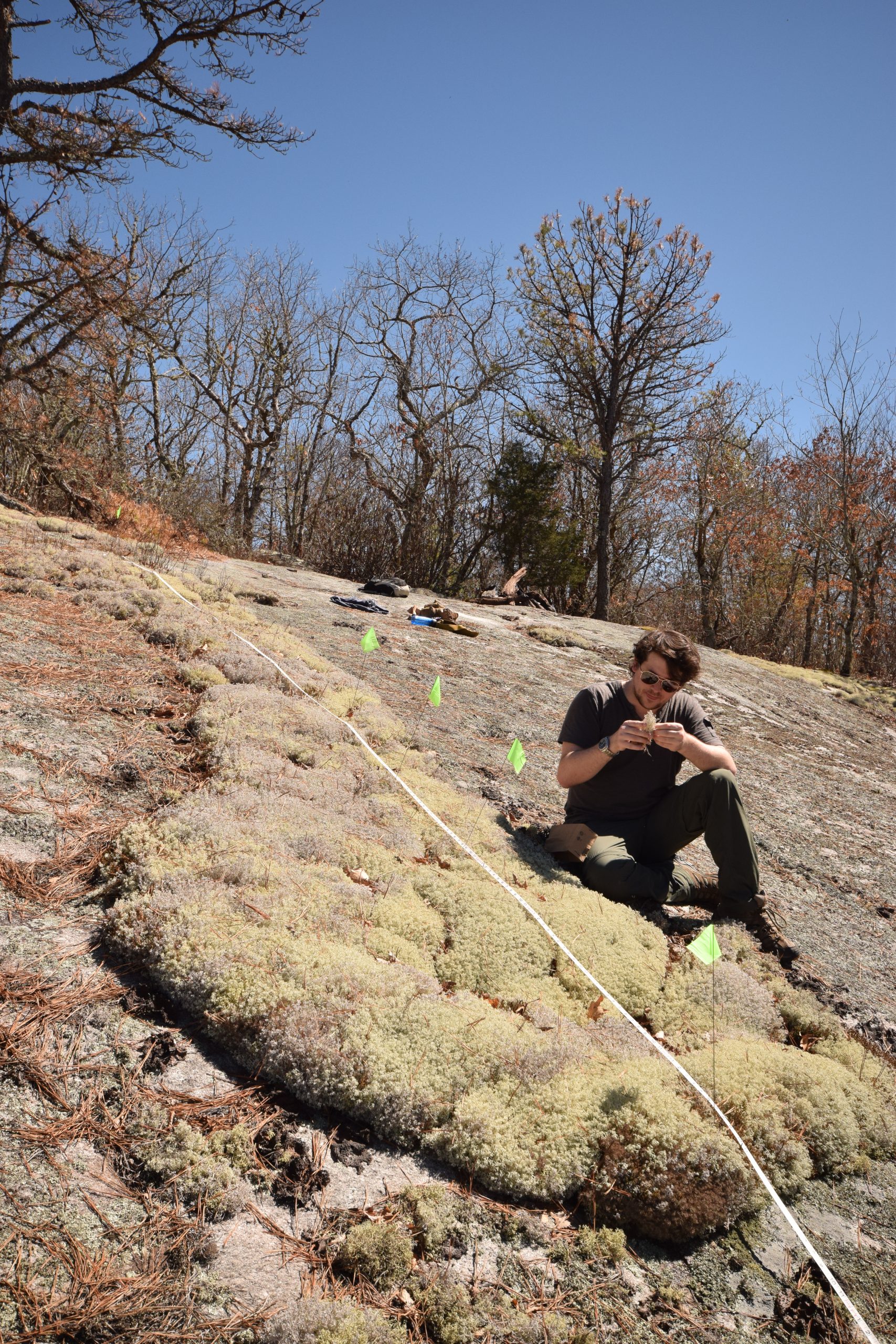
The lichens in many areas of the United States have suffered steep declines. That is precisely why those that remain must be recognized and conserved. Lichenologists have shown that setting conservation priorities for these amazing organisms can be achieved and we hope that many more success stories will add to what we have accomplished in the southern Appalachians.